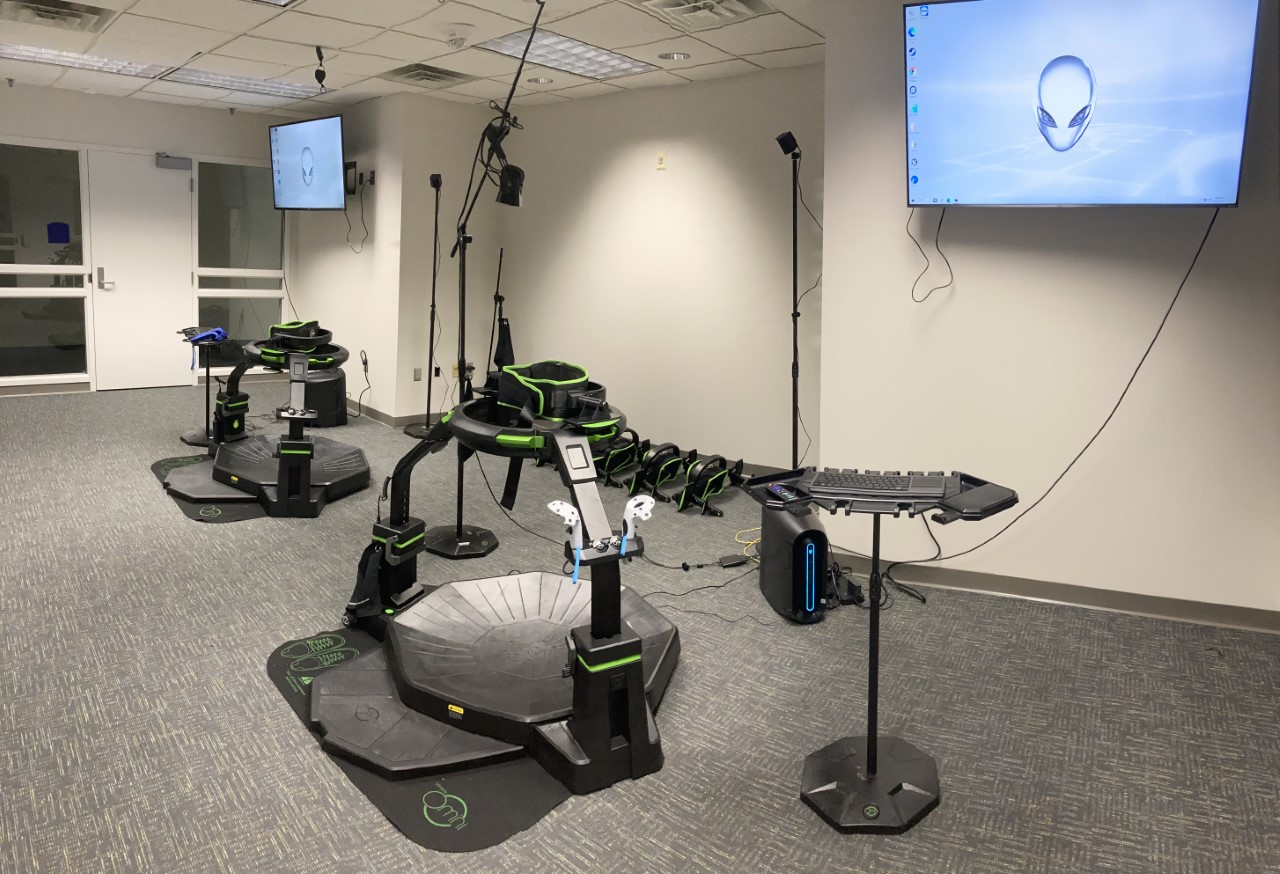About the ENLOK
"Sciences are of a sociable disposition, and flourish best in the neighborhood of each other."
-William Blackstone
The Electrophysiological Neuroscience Laboratory of Kent (ENLoK) is an interdisciplinary consortium of faculty from the Departments of Biology, Psychology, and Sociology. Dr. Will Kalkhoff from Sociology, the current Executive Director of the ENLoK, initiated this multidisciplinary collaborative program of research unified by a shared interest in neuroscience to study basic, translational, and clinical aspects of normative and disordered biobehavioral functioning. The ENLoK was started with generous support from the College of Arts & Sciences and the Department of Sociology at KSU.
Our current research interests focus on team performance and other topics in social neuroscience.
One of the main threads tying our substantive interests together is an emphasis on assessing dynamic neurological processes, for which electroencephalography (EEG) is ideally suited. Compared to hemodynamic techniques (e.g., fMRI), EEG has higher temporal resolution (milliseconds, as opposed to seconds) and is thus especially useful for investigations of the time course of neural events in association with dynamically changing behavior and responses to stimuli.
In short, the basic mission of our consortium is to elucidate biobehavioral markers via objective behavioral and electrophysiological (EEG) assessments to advance discovery and understanding of dynamic processes, develop collaborative partnerships, and acquire extramural funding.
INFRASTRUCTURE
Space. The lab currently consists of three private participants rooms, a central control room, storage, and a project management office.
Research Technology. ENLoK has four state-of-the-art systems that simultaneously record information from individual participants or pairs of participants.
First, our electroencephalograph (EEG) system is a BrainVision BrainAmp Standard system. It can measure up to 128 channels on a single participant or up to 64 channels each from a pair of participants. The laboratory currently uses ActiCAP headcaps with active electrodes that help to minimize electrical “noise” and interference.
The second system is an ADinstruments PowerLab 4/26 complete with four analog input channels and a maximum sampling rate of 100 kHz per channel. The lab is able to collect galvanic skin response, heart rate, pulse oximetry, and force transduction from up to two individuals at the same time. The BrainVision and PowerLab systems are fully integrated in the lab and produce time-locked data streams.

Third, in the Cheryl Swinehart Dariushnia Laboratory wing, the ENLoK houses a modern Varjo virtual reality (VR) system. Our multi-person system includes Varjo VR-2 headsets, two Virtuix Omni omnidirectional treadmills, and Cognitive3d analytics.
The Varjo VR-2 has human eye resolution displays (up to 4k resolution to each eye). Additionally, it has eye tracking optimized for the high resolution display from the headset. Eye tracking is critically important for analyzing behavior in immersive VR designs, as being able to see where the participant is looking at any given moment allows researchers to detect fixations of the eye movement signal with respect to a given stimulus and a region of interest onscreen or in a virtual environment.
The omnidirectional treadmills allow a user’s avatar to move about in a virtual environment while being safely located in a singular physical position within our laboratory. To establish "place" and "plausibility" illusions, participants need to be able to interact with, and move about within, the virtual worlds we design. The Virtuix Omni allows for such interaction and movement, including jumping and running, from a stationary treadmill. Accessories include harnesses and shoes, which are required for safe and effective operation of the treadmill.
The Cognitive 3d software package allows real-time processing of a series of different analytics, including eye tracking. It has been specifically designed with VR and AR technologies and for use with both electrophysiological and physiological data collection. This temporal accuracy of the system allows simultaneous synchronized recording of the infrared eye tracker and physiological recordings (e.g., EEG, ECG) from up to two individual at the same time.
Fourth, the ENLoK provides access to two Empatica EmbracePlus wearable health monitor "smart watches" that non-invasively collect physiological parameters from participants' wrists (e.g., heart rate, heart rate variability, systolic peaks, skin conductance, skin temperature, etc.). The highly portable watches can be used in laboratory settings or in the field. Buttons on the watch allow researchers or participants to mark events of interest as they occur naturally or are planned/manipulated as part of a study.
Computers & Software. ENLoK has seven computers inside the laboratory, all of which are networked. Two of these computers are participant computers and are used to run programs for data collection/stimulus administration. The control room houses four additional computers. One computer is used for physiological data collection, another is used for data entry, another is used for recording video and audio streams, as needed, and the final two computers are used to run the VR system. Support for all of the lab’s computers and software is provided by a dedicated, onsite IT professional.
ENLoK provides access to an array of software programs that maximize the research potential of the facilities, including BrainVision Recorder for recording EEG data, BrainVision Analyzer for processing and analyzing EEG data, LabChart for physiological data collection and analysis (ECG, GSR, etc.), Cognitive3d for recording VR simulations and processing various VR analytics (e.g., eye-tracking), and SpectraPlus for voice analysis. Available statistical analysis packages include the most recent releases of SAS, SPSS, M+, and STATA. Finally, the lab has access to Unity for comprehensive simulation programming and game creation.

